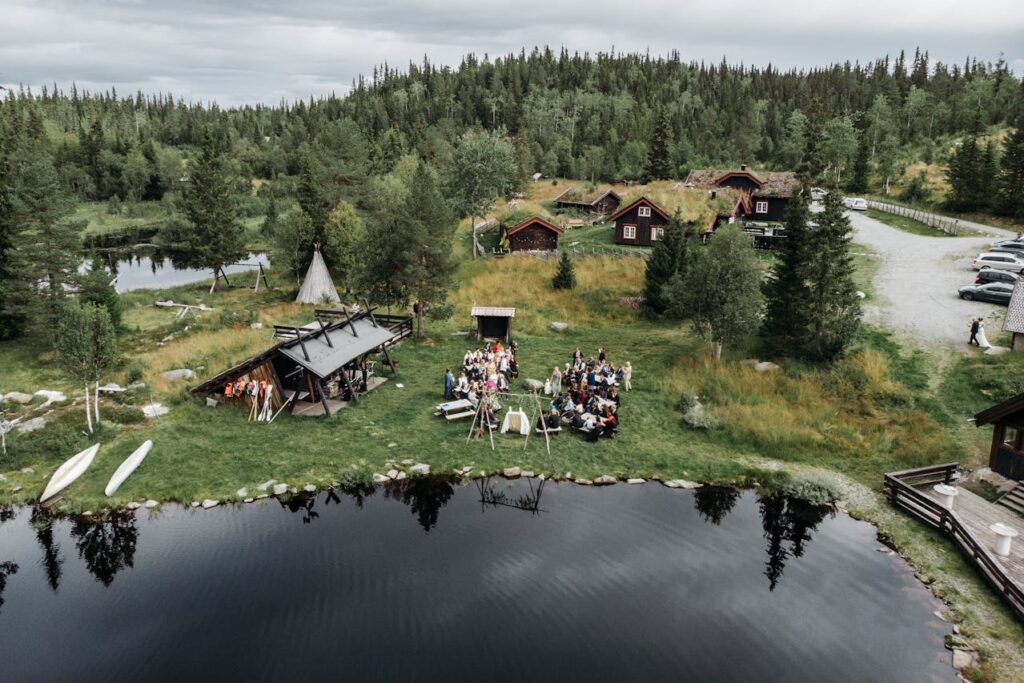Event photography is a specialized genre that focuses on documenting occasions, celebrations, and gatherings through visual storytelling. This comprehensive article explores the history, techniques, equipment, artistic considerations, practical tips, cultural impact, and trends of event photography for audiences in the United States.

Introduction to Event Photography
Event photography involves capturing candid moments, formal portraits, and dynamic interactions during various occasions, including weddings, corporate events, parties, festivals, and cultural ceremonies. It serves as a visual record, preserving memories, emotions, and significant milestones for individuals, families, communities, and organizations.

History and Evolution
The practice of event photography dates back to the early 20th century when photographers documented weddings, social gatherings, and public events using traditional film cameras and manual exposure techniques. Advancements in digital photography, autofocus systems, and portable lighting have revolutionized event photography, enabling photographers to capture high-quality images in diverse lighting conditions and dynamic environments.

Techniques and Equipment
Camera Gear: Use professional-grade digital cameras with versatile zoom lenses (e.g., 24-70mm, 70-200mm) to capture a range of perspectives and compositions. Fast prime lenses (e.g., 50mm f/1.8) are ideal for low-light conditions and creating shallow depth of field for portraits. Backup camera bodies, memory cards, and spare batteries ensure continuity during extended event coverage.
Lighting: Depending on venue and lighting conditions, utilize natural light, on-camera flash, or portable studio lighting setups (e.g., speedlights, softboxes) to enhance exposure, minimize shadows, and highlight subjects. Diffusers, reflectors, and bounce techniques soften harsh lighting and create natural-looking portraits and group shots.
Composition and Framing: Apply composition principles such as rule of thirds, leading lines, symmetry, and negative space to frame subjects and capture balanced, visually appealing images. Anticipate key moments, candid interactions, and emotional expressions to convey the narrative and atmosphere of events.

Artistic Considerations
Documenting Moments: Capture candid interactions, spontaneous reactions, and emotional exchanges that reflect the essence and energy of events. Prioritize authenticity, storytelling, and capturing meaningful connections between individuals, families, and participants.
Group Portraits and Formal Shots: Organize group portraits, family photos, and formal shots with clear communication, posing directions, and attention to lighting and background. Capture diverse group compositions, expressions, and personalities while ensuring everyone feels comfortable and included in the event narrative.

Practical Tips for Event Photographers
Pre-Event Preparation: Communicate with event organizers or clients to understand event schedules, key moments, venue layouts, and photography guidelines. Create shot lists, identify VIPs or speakers, and scout locations for optimal lighting, angles, and background settings.
Engage with Participants: Build rapport with event attendees, participants, and subjects to foster natural interactions, genuine expressions, and relaxed posing. Establishing trust and communication ensures photographers capture authentic emotions and spontaneous moments throughout the event.
Post-Processing and Delivery: Edit and process event photos using professional software (e.g., Adobe Lightroom, Capture One) to enhance colors, adjust exposure, and refine compositions. Maintain consistency in editing style and deliver high-resolution images promptly to clients or event organizers according to agreed timelines.

Cultural Impact and Contemporary Trends
Social Media Integration: Event photographers leverage social media platforms, event hashtags, and online galleries to showcase real-time event coverage, engage participants, and extend event visibility beyond physical attendees. Instant sharing and digital downloads enhance client and participant satisfaction while promoting event experiences online.
Personalized Client Services: Tailor photography services to meet client expectations, preferences, and event themes. Offering customizable packages, photo booths, on-site printing, and digital galleries cater to diverse event needs and enhance participant engagement and guest experience.

Conclusion
In conclusion, event photography plays a pivotal role in documenting, commemorating, and preserving significant moments, celebrations, and milestones in the United States. By mastering technical skills, embracing creativity, and understanding client expectations and event dynamics, photographers capture the essence, emotions, and narratives that define memorable occasions.
From weddings and corporate functions to cultural festivals and community gatherings, event photography celebrates diversity, cultural heritage, and shared human experiences through visual storytelling. As photographers continue to innovate, adapt to evolving technologies, and engage with diverse audiences, the art and impact of event photography enrich social narratives, strengthen community connections, and immortalize cherished memories for generations to come.
